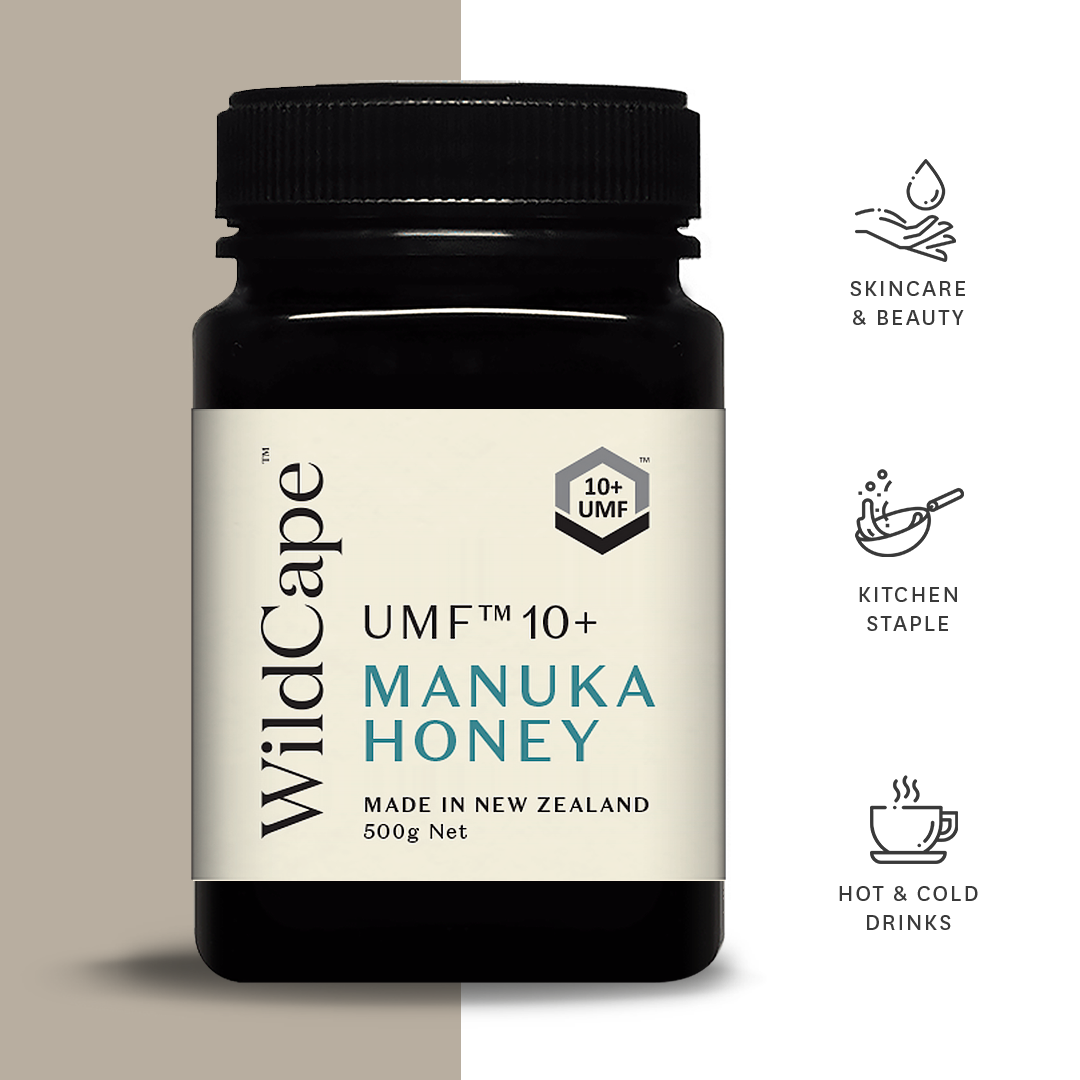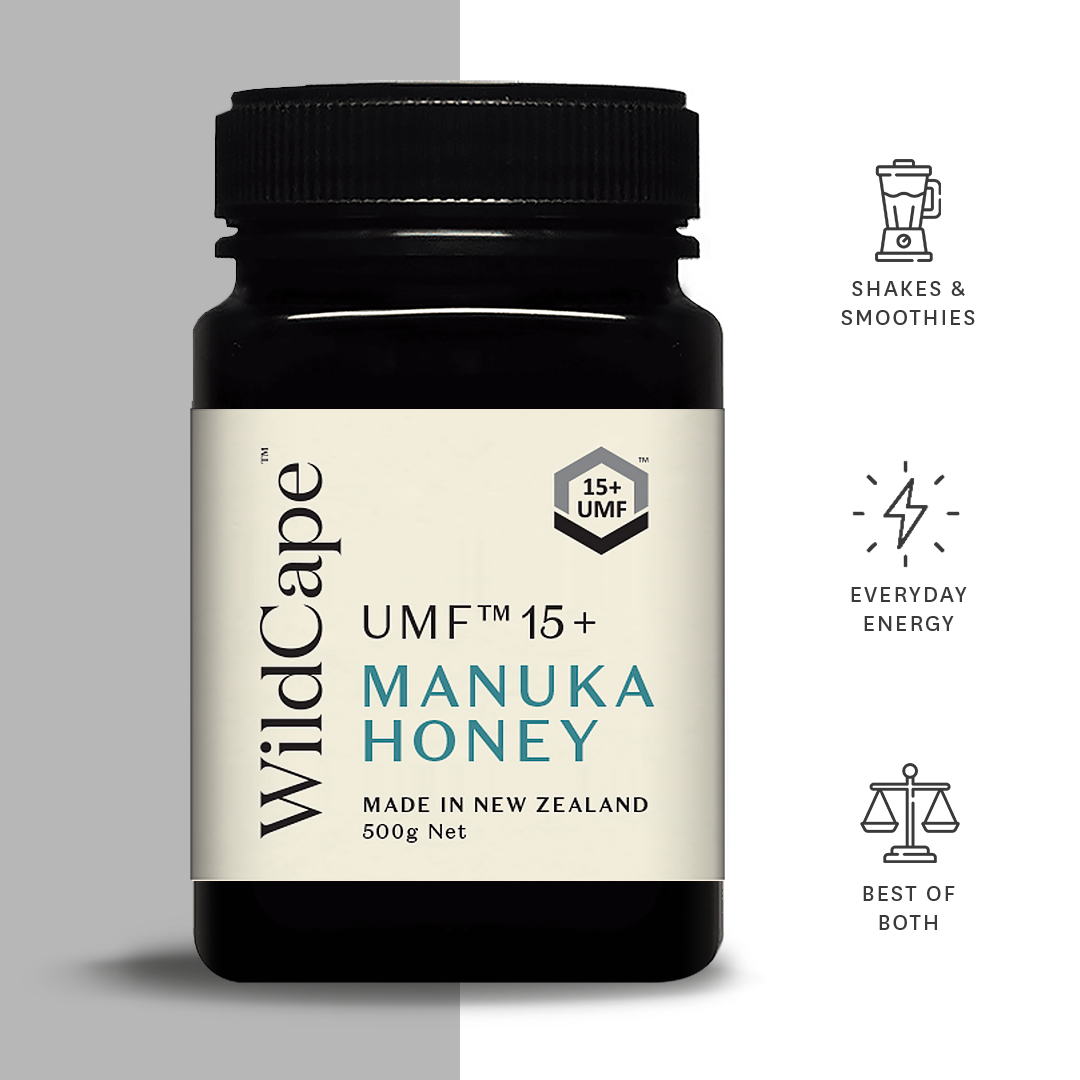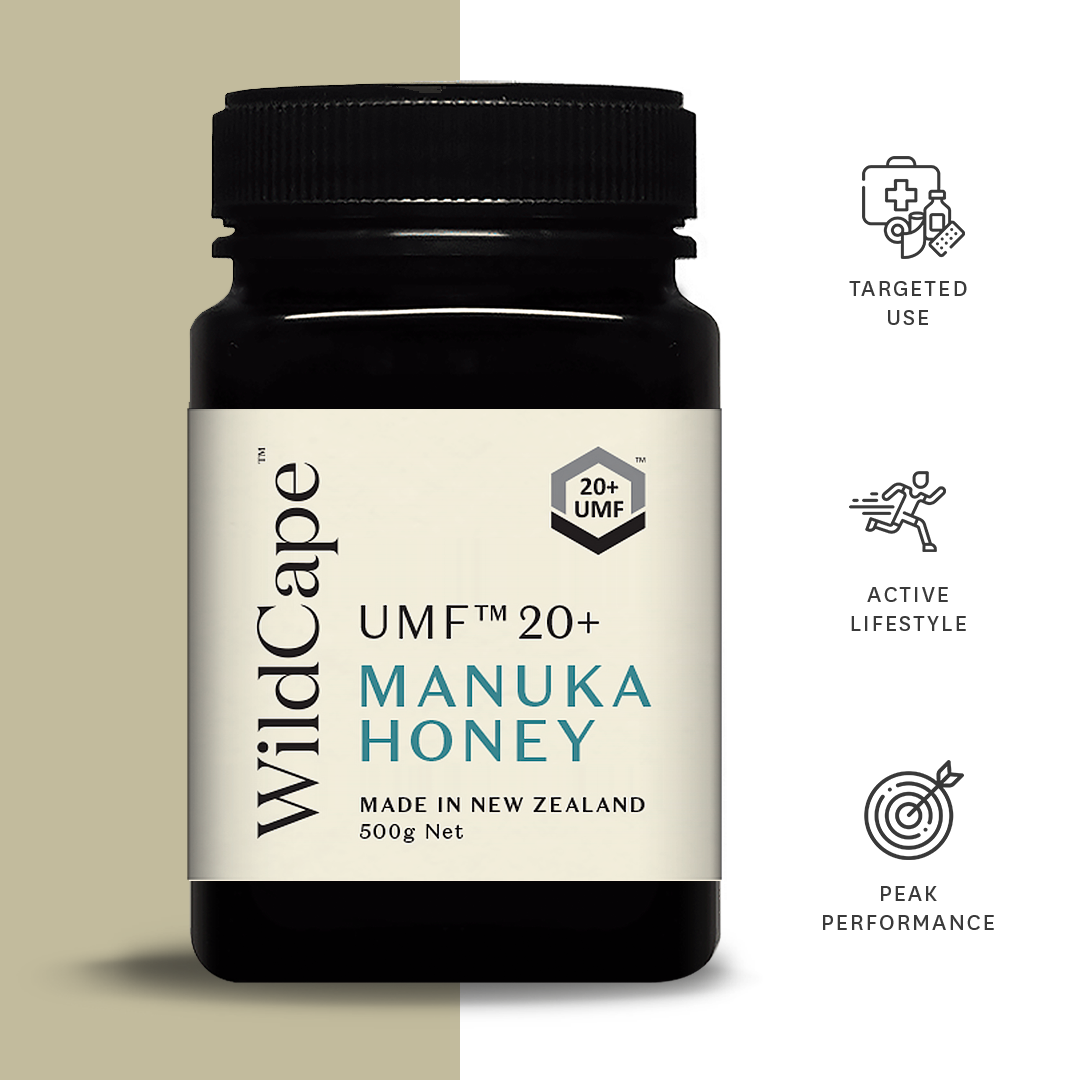Multifloral Honey
Multifloral honey, also known as polyfloral or wildflower honey, is derived from the nectar of various flower species. This is in contrast to monofloral honey, which predominantly comes from a single flower species. Bees foraging on a diverse range of flowers in their environment produce multifloral honey. Both types of honey have their benefits. With multifloral honey, you get a wide array of properties carried over from different plant species’ pollen to the honey.
The flavor, aroma, and color of multifloral honey can be more complex and varied compared to monofloral honey, reflecting the diversity of nectar sources. These characteristics may vary greatly depending on the specific combination of flowers available to the bees and the season in which the honey is made. Multifloral honey is appreciated for its unique and distinct taste, which can change from one batch to another.
Like monofloral honey, multifloral honey also contains beneficial nutrients, antioxidants, and bioactive compounds. However, the specific composition may differ depending on the variety of flowers the bees have visited. The pollen content in the honey also varies, which contributes to the honey’s unique characteristics.
Multifloral honey serves as a natural sweetener and can offer various health benefits depending on the flowers the bees collect nectar from. For example, multifloral Manuka honey, which includes nectar from the manuka tree, may contain lower concentrations of MGO (methylglyoxal) compared to monofloral Manuka honey, but it still has beneficial properties.
When selecting honey, consider factors such as the difference between monofloral and multifloral varieties, the type of honey, and whether it has been produced and tested according to quality standards. Although monofloral is generally considered best when it comes to Manuka honey, the most reliable and concrete way to ensure you’re getting Manuka honey of a certain strength is to look at the UMF (Unique Manuka Factor) rating. More on this below.
Monofloral Honey
Monofloral honey originates mainly from the nectar of a single flower species, while multifloral honey is produced from various flower species. Beekeepers foster the creation of monofloral honey by positioning their hives near large areas of the target flower species, ensuring that bees primarily gather nectar from that specific source.
The unique flavor, aroma, and color profiles of monofloral honey are highly valued, influenced significantly by the flower species providing the nectar. Popular monofloral honey varieties include orange blossom, lavender, acacia, manuka, and eucalyptus honey. Monofloral and multifloral honeys can have different health benefits due to varying bioactive compounds and antioxidant content, depending on the flower species.
In New Zealand, Manuka honey is well-known, with monofloral Manuka honey being particularly sought after. However, it’s important to note that when it comes to Manuka honey, whether it’s mono- or multifloral isn’t nearly as crucial as the UMF rating. While any brand can claim to have monofloral Manuka honey, only honey that has undergone independent testing can be certified as authentic by the UMFHA (Unique Manuka Factor Honey Association of New Zealand) and given a unique UMF™ grading.
Monofloral and multifloral Manuka honey products are tested and graded according to their MGO (methylglyoxal) levels, amongst other factors. The higher the MGO value, the more potent the honey’s antibacterial properties. When choosing Manuka honey, consider factors such as MGO levels, whether the honey is monofloral or multifloral, and if it has been produced and packaged in New Zealand under the supervision of the Ministry of Primary Industries.
Multifloral Manuka Honey

Multifloral Manuka honey is produced when bees forage on manuka flowers along with other floral sources, resulting in a delightful, natural honey blend. WildCape offers an MGO 115+ Multifloral Manuka honey, which is the lowest spectrum Manuka honey available in the range. Unfortunately, we do not currently stock this multifloral Manuka honey in the USA due to demand.
If you are interested in a lesser potent multifloral Manuka honey, we would love to hear from you. Your feedback is valuable to us as we continually strive to provide the best Manuka honey options, including both monofloral and multifloral varieties. Manuka honey, made from the nectar of the manuka bush, offers numerous health benefits, and its quality is determined by factors such as MGO levels, pollen content, and production standards.
Please feel free to contact us and let us know if you’re looking for a specific type of Manuka honey or if you have any inquiries regarding our honey products. Our commitment is to provide genuine, high-quality Manuka honey that meets the standards set by the New Zealand government and UMFHA.
Monofloral Manuka Honey
The difference between multifloral and monofloral honey lies in the variety of flower sources from which the bees collect nectar. Monofloral Mānuka honey, for example, comes predominantly from the manuka bush, native to New Zealand. This type of honey contains higher concentrations of MGO – an antibacterial compound, which contributes to its health benefits.
Manuka honey is a unique type of honey primarily sourced from the nectar of the Manuka bush (Leptospermum scoparium), native to New Zealand. Monofloral Manuka honey contains a high percentage of manuka pollen and nectar, indicating that bees have predominantly foraged on manuka flowers while producing the honey.
Manuka honey is known for its distinct flavor, rich aroma, and many uses. It has gained global recognition due to its unique antibacterial properties, largely attributed to its high MGO content. The MGO levels in Manuka honey are used to measure its potency and effectiveness.
In addition to its antibacterial properties, Manuka honey also contains antioxidants and various bioactive compounds that contribute to its potential health benefits. These benefits may include improved wound healing, soothing sore throats, and supporting digestive health. The quality and authenticity of Manuka honey is often assessed through various grading systems such as the Unique Manuka Factor (UMF) and the MGO rating. The UMF system builds on the New Zealand government’s Ministry of Primary Industries tests that validate whether Manuka honey is genuine.
It’s important to choose genuine, high-quality Manuka honey with an official UMF™ rating, as its effectiveness is directly linked to the concentration of its bioactive components.



